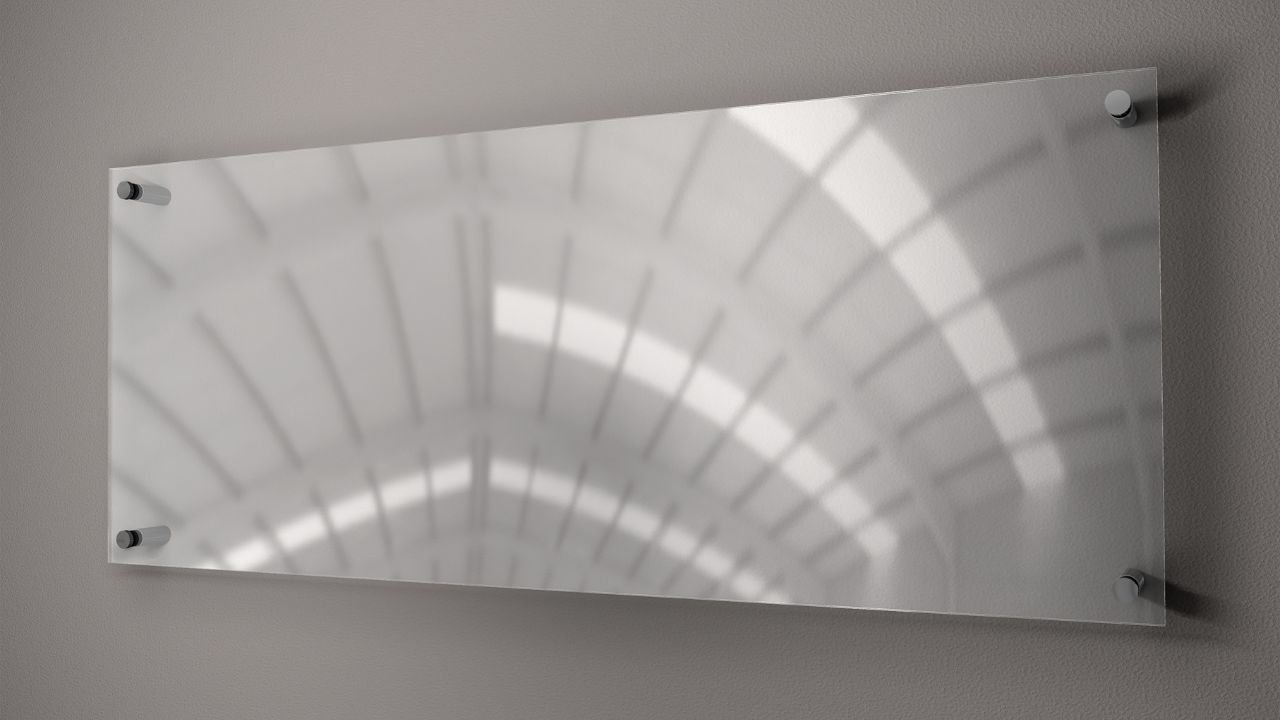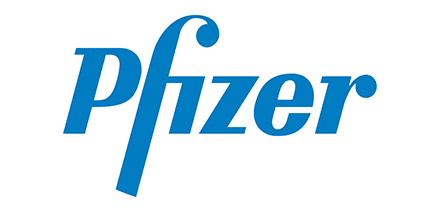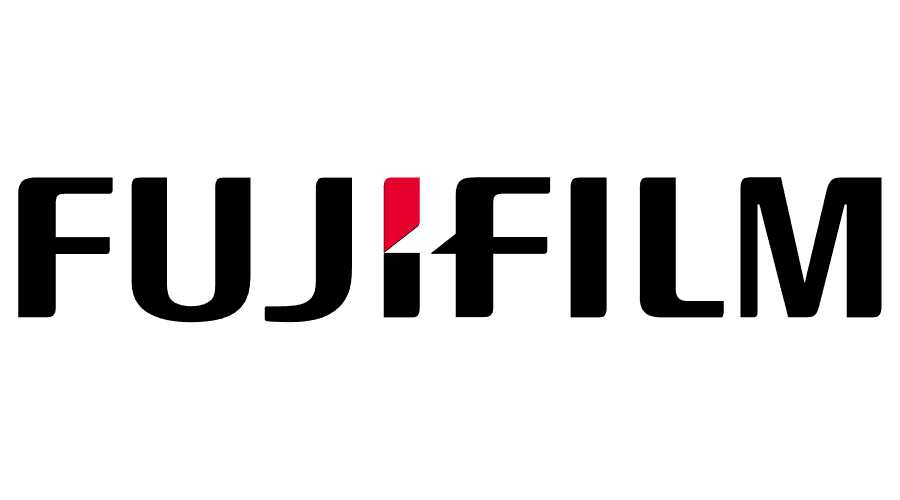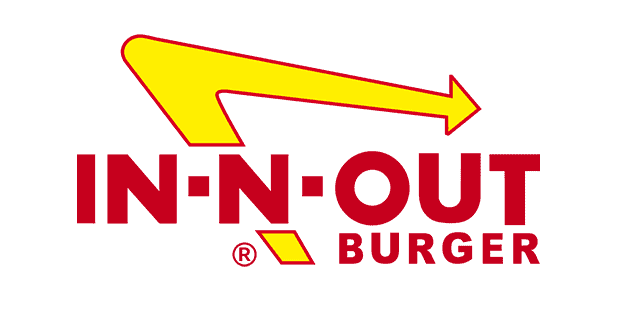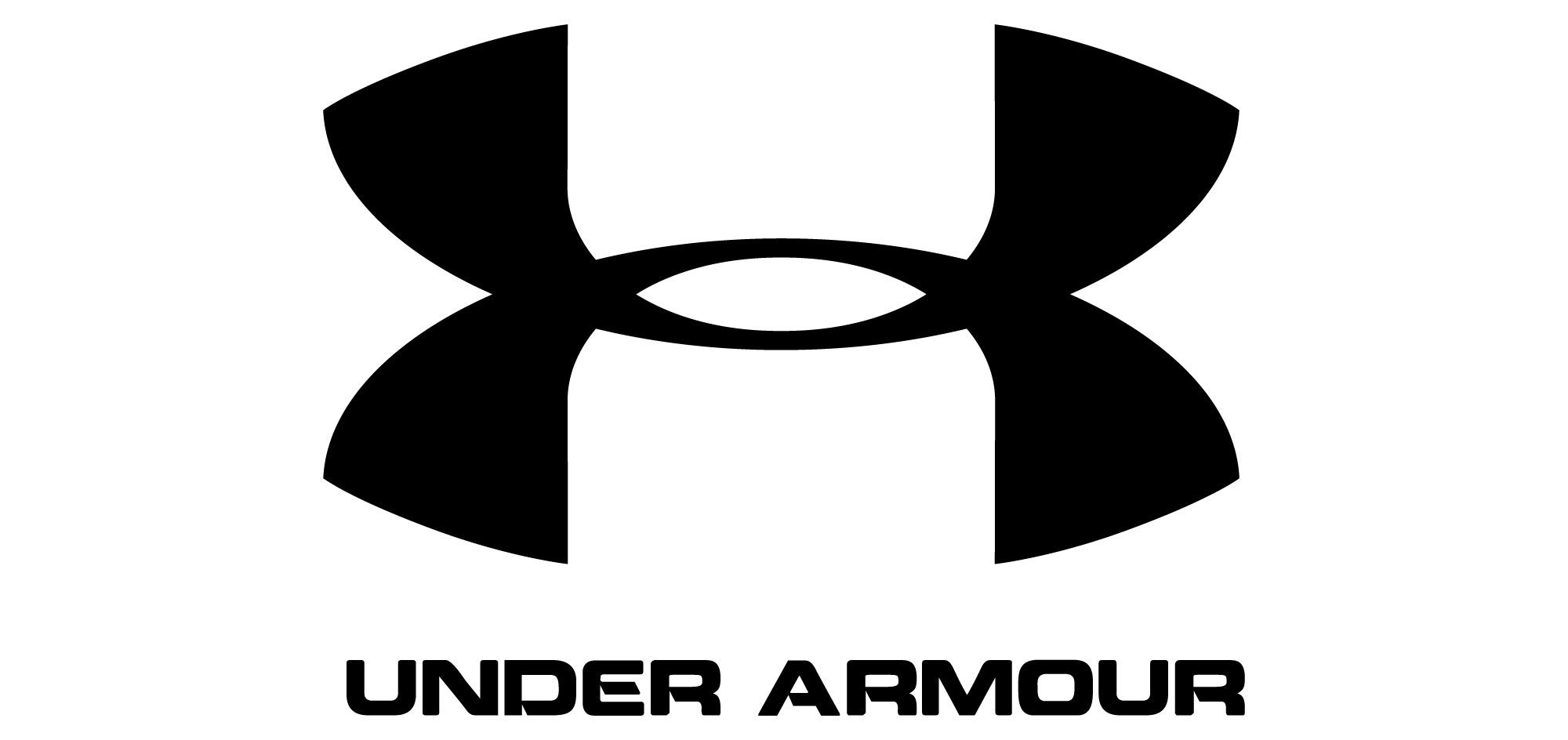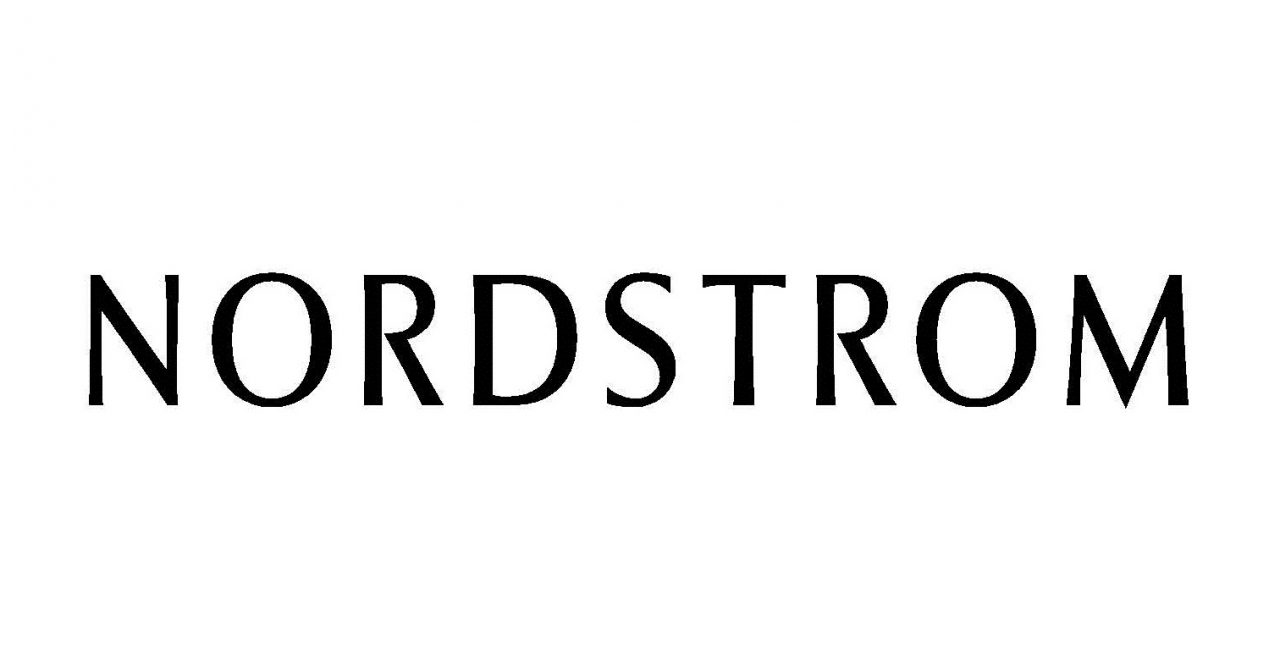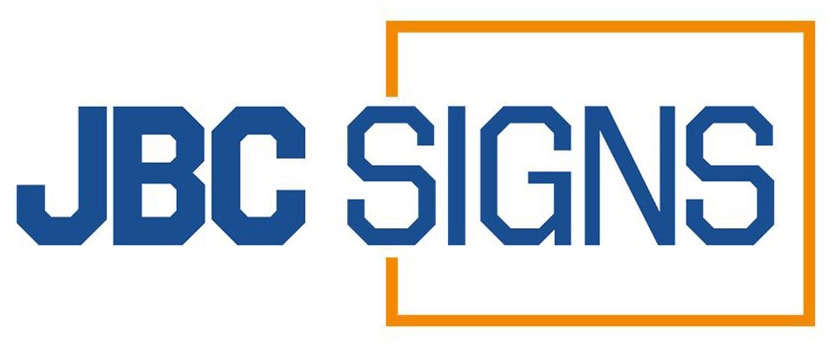Key Takeaways
- Acrylic vs plexiglass: Acrylic and plexiglass are often used interchangeably, but plexiglass is a specific type of high-quality acrylic.
- The acrylic manufacturing process involves polymerization of methyl methacrylate (MMA) to create a clear, durable material.
- Acrylic signage & displays are made by shaping acrylic sheets through methods like vacuum forming or injection molding.
- 8.5 x 11 acrylic sign holders and other custom acrylic products undergo finishing processes such as UV coating and printing for added durability and customization.
- Acrylic brochure holders and other display items are carefully inspected and packaged to ensure quality and clarity.
Acrylic is a versatile material used in various industries, from acrylic signage & displays to office supplies like 8.5 x 11 acrylic sign holders. But have you ever wondered how is acrylic manufactured? The manufacturing process behind acrylic is a fascinating blend of chemistry, engineering, and craftsmanship. It starts with raw materials and goes through several stages before being transformed into products like acrylic brochure holders or custom 8.5x11 acrylic sign holders.
However, following are the key points to How Acrylic Is Manufactured:
- What Is Acrylic
- The Acrylic Manufacturing Process
- What Is the Process of Making Acrylic Sheets
- The Journey of Acrylic from Raw Material to Final Product
In this article, we will break down the step-by-step process of making acrylic, from the raw material stage to the final product used in retail displays, signage, and more. Understanding how acrylic is made can give you a deeper appreciation of this versatile material and help you choose the right product for your needs.
What Is Acrylic?
Before diving into how acrylic is manufactured, it's essential to understand what acrylic is. Acrylic, or polymethyl methacrylate (PMMA), is a synthetic polymer known for its clarity, durability, and versatility. It is often used as a lightweight, shatter-resistant alternative to glass. Acrylic is widely used for a variety of products, from acrylic signage & displays to 8.5 x 11 acrylic sign holders that provide clear, visually appealing information.
The material itself is produced by polymerizing methyl methacrylate (MMA), a liquid monomer, to form a solid plastic. This process gives acrylic its unique properties, including transparency and resistance to UV light.
The Acrylic Manufacturing Process
The process of how acrylic is manufactured involves several stages, from raw material sourcing to the final product. Let’s walk through each step to understand how acrylic products like 8.5 x 11 acrylic sign holders and acrylic brochure holders come to life.
1. Sourcing Raw Materials
The first step in the acrylic manufacturing process is sourcing the raw materials. The primary ingredient is methyl methacrylate (MMA), which is produced through the reaction of acetone, hydrogen cyanide, and methanol. MMA is a liquid monomer that can be polymerized to form the solid acrylic plastic.
- MMA Monomer: This is the key component in acrylic, and it must be of high purity to ensure the final product is transparent and of high quality.
- Additives: Various additives, such as stabilizers, colorants, and UV inhibitors, are often added to the MMA to improve the properties of the acrylic, such as making it more durable or resistant to yellowing.
The quality of the raw materials directly affects the quality of the final acrylic signage & displays, ensuring clarity, durability, and longevity.
2. Polymerization of MMA
Once the raw materials are gathered, the next step is the polymerization of MMA. This process involves chemically linking MMA molecules to form long polymer chains, resulting in a solid plastic material. There are two main methods for polymerizing MMA: cast polymerization and extrusion polymerization.
- Cast Polymerization: In this method, MMA is poured into molds and exposed to heat and a catalyst, causing the polymerization to occur. This is the method used for producing high-quality acrylic signage & displays and 8.5 x 11 acrylic sign holders. The cast method allows for thicker sheets and a higher level of clarity.
- Extrusion Polymerization: MMA is heated and forced through a mold to form a continuous sheet of acrylic. This method is faster and more cost-effective but typically results in thinner, less durable sheets compared to cast acrylic.
The choice of polymerization method affects the strength, clarity, and overall quality of the final acrylic sheet.
3. Forming Acrylic Sheets
After polymerization, the acrylic material is transformed into sheets of varying thicknesses. These sheets are then carefully cut and shaped for further processing.
- Sheet Cutting: The solidified acrylic sheets are cut into standard sizes or custom dimensions, depending on the requirements. For example, an 8.5 x 11 acrylic sign holder is typically made from sheets cut to this size.
- Surface Polishing: After cutting, the edges of the acrylic sheets are often polished to remove any roughness, ensuring a smooth, clear finish. This is especially important for applications like acrylic brochure holders, where the clarity of the edges contributes to the overall appearance.
At this stage, acrylic is still in its basic sheet form, and it’s ready for further customization.
4. Shaping and Molding
To create customized acrylic displays or 8.5 x 11 acrylic sign holders, the acrylic sheets are molded or shaped into the desired final form. This can involve a variety of techniques depending on the complexity of the product.
- Heat Bending: This method involves heating the acrylic sheet until it’s pliable, then using a vacuum to pull it over a mold. This technique is commonly used for creating acrylic signage & displays that need specific shapes or contours.
- Injection Molding: For more intricate designs or parts, acrylic sheets can be injected into a mold under high pressure. This process is used to create more complex custom acrylic shapes, such as customized acrylic brochure holders.
The molding process allows manufacturers to create a wide range of products, from simple 8.5 x 11 acrylic sign holders to more intricate acrylic signage & displays.
5. Finishing Touches
Once the acrylic has been shaped and molded, several finishing steps are necessary to ensure the product meets quality standards.
- UV Coating: To protect acrylic from yellowing over time due to UV exposure, a UV-resistant coating is often applied to the surface. This is especially important for outdoor acrylic signage & displays.
- Printing and Customization: Acrylic can be printed on using various methods, including screen printing or UV printing, to add logos, text, or designs. This step is essential for creating personalized acrylic name plates or branded acrylic displays.
- Assembly: For products that require multiple pieces, such as acrylic brochure holders with several compartments, final assembly takes place at this stage. Acrylic pieces are securely attached using adhesives or screws.
These finishing touches ensure that the acrylic products are not only functional but also visually appealing.
6. Quality Control and Packaging
Before leaving the factory, every acrylic product undergoes a rigorous quality control process to ensure it meets industry standards. This includes inspecting the clarity, strength, and UV resistance of the material.
- Visual Inspection: Each piece is examined for any defects such as scratches, cracks, or bubbles.
- Testing: Some products undergo additional tests to ensure they are durable and resistant to impacts or UV damage.
- Packaging: Once approved, the products are carefully packaged to prevent damage during shipping. For delicate items like 8.5 x 11 acrylic sign holders, protective packaging is essential.
What Is the Process of Making Acrylic Sheets?
As described earlier, the process of making acrylic sheets involves polymerization, where methyl methacrylate (MMA) is transformed into a solid plastic through casting or extrusion methods. The material is then cut into sheets of varying thicknesses, polished for clarity, and shaped into the desired forms. The entire process requires precise control over temperature, pressure, and time to ensure the acrylic sheets are clear, strong, and ready for further processing into custom products like acrylic displays and acrylic signage & displays.
The Journey of Acrylic from Raw Material to Final Product
The journey of acrylic from raw material to finished product is a multi-step process involving careful attention to detail at every stage. From the polymerization of MMA to the molding and customization of acrylic displays, the process ensures that the final product is clear, durable, and high-quality. Whether you need an 8.5 x 11 acrylic sign holder, custom acrylic products, or acrylic brochure holders, understanding the manufacturing process helps you appreciate the versatility and durability of acrylic materials.
If you’re looking for premium acrylic signage & displays or custom-made acrylic products, Display and Holders offers top-quality solutions to meet all your needs. Explore our extensive collection today and discover how acrylic can enhance your business, event, or home décor.

